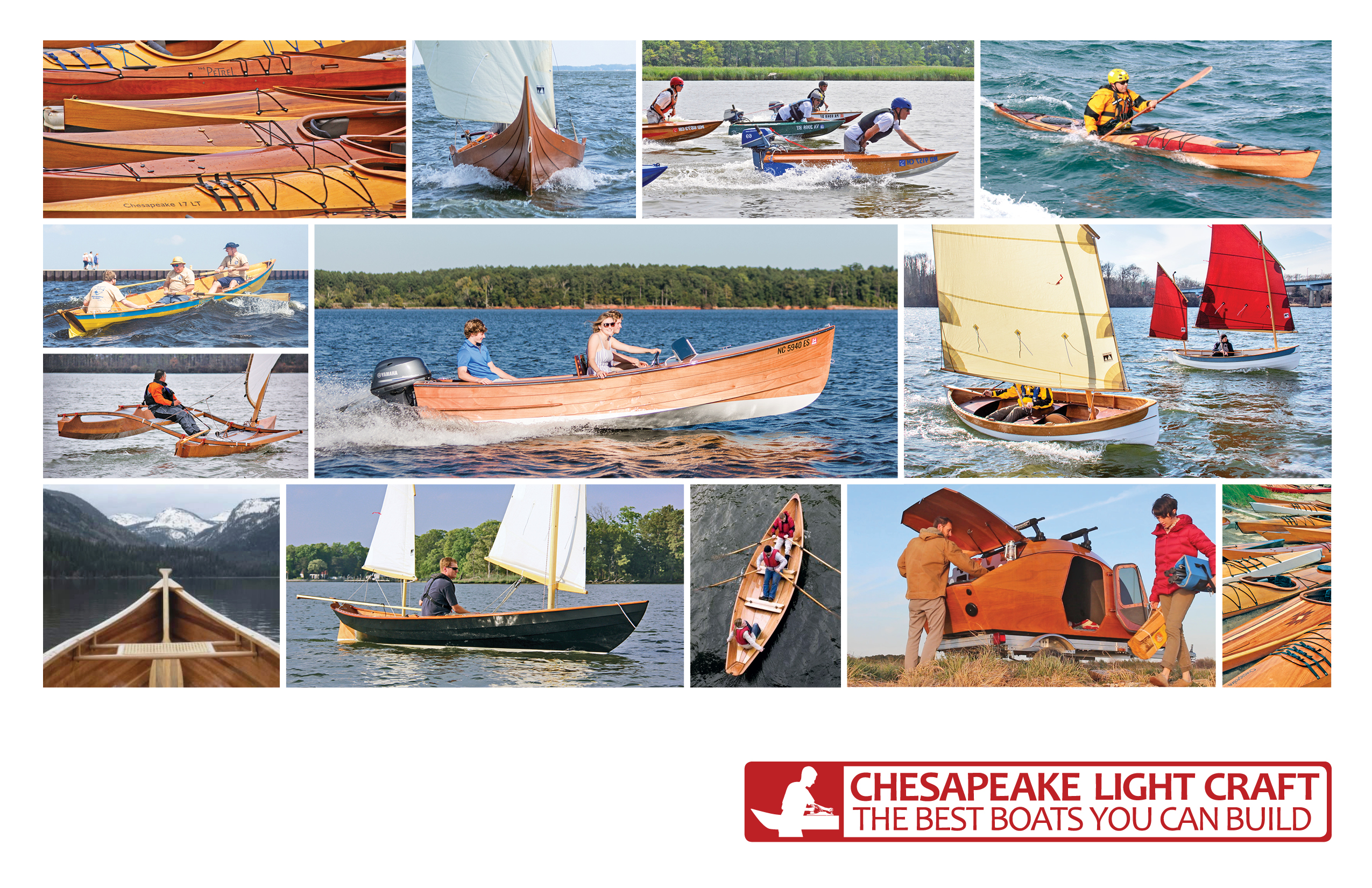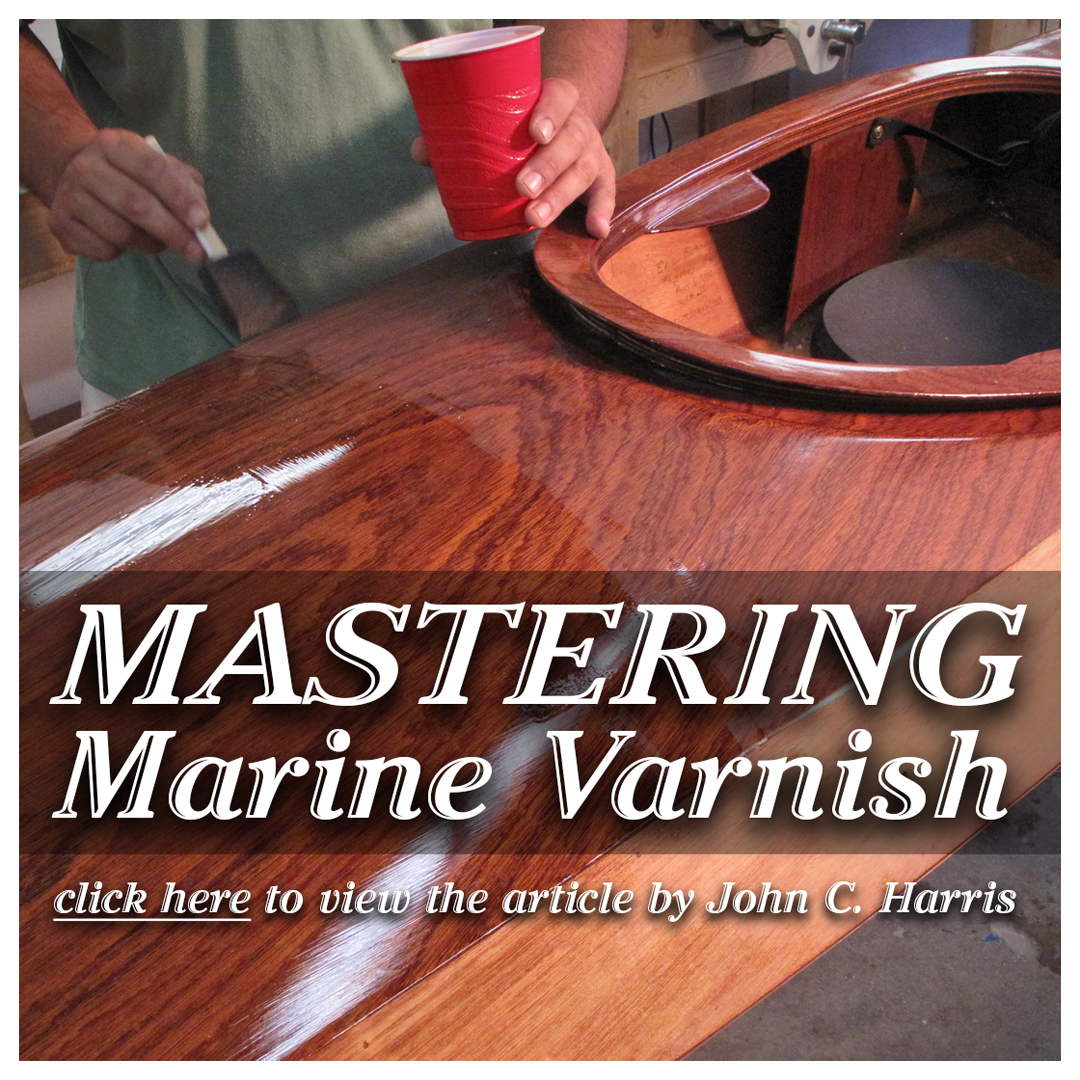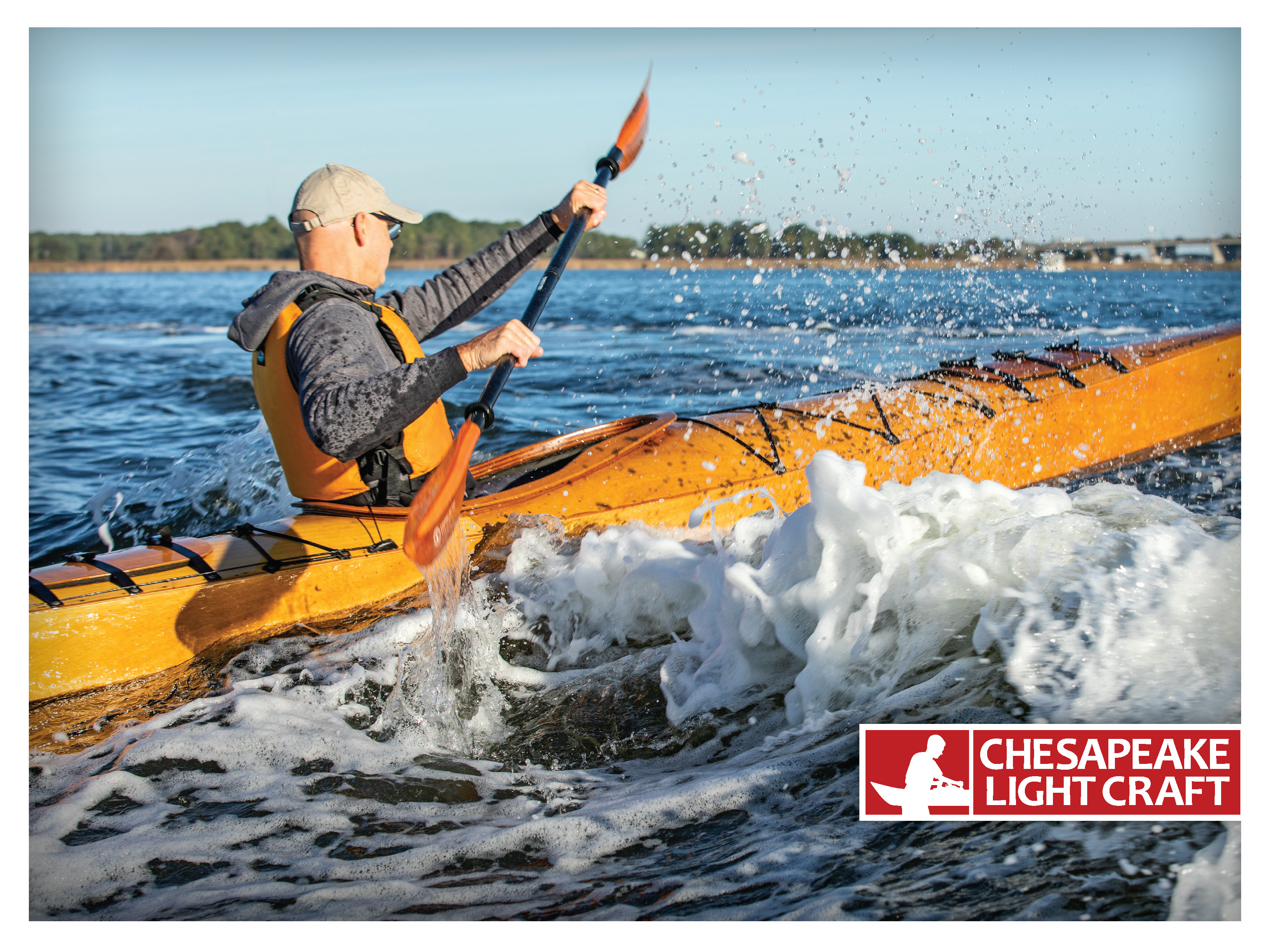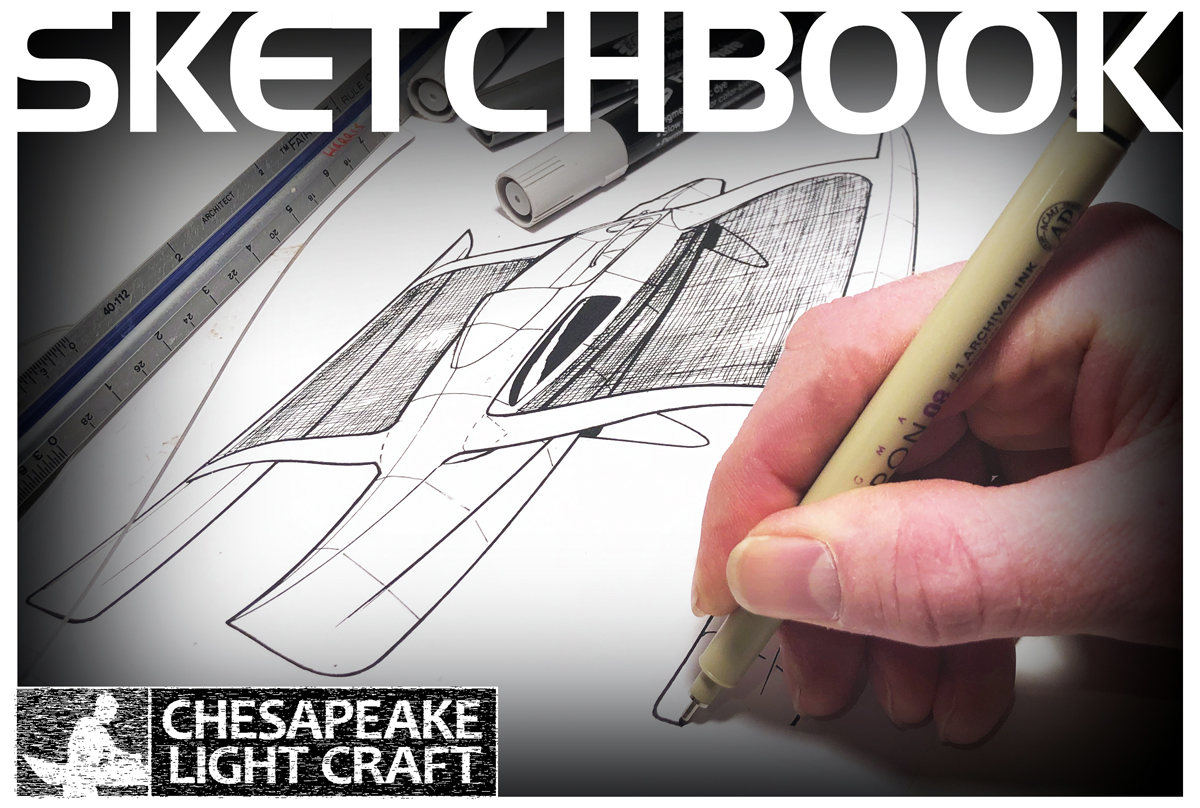Builders' Forum |
|
| ↓ Scroll to Last Comment ↓ | Forum Guidelines | Builders' Forum | |
sheer strips on wood duck hybrid
First time stripper here and encountering difficulties getting the deck sheer strips on my wood duck 12 to stay put. I'm using 9/16" staples but they pulled out of the temporary forms over and over again. I decided to glue in some bits of false sheer clamps to flank both sides of several forms to provide more stapling surface. That worked until I dry fitted the second strip clamping it to the sheer strip as I slowly slotted the new piece in. The whole thing held for about a minute and then the entire situation pulled out of the forms and false sheer clamps. Not sure what I'm doing wrong. At this point there are staple holes everywhere and I fear I'm compromising the temporary forms' ability to hold staples for the sheer strip at all at this point. Any guidance is welcomed! Patrick
6 replies:
RE: sheer strips on wood duck hybrid
Thanks h, I really appreciate your help! Yes, I am using a T50 stapler. I may seek out something that can use longer staples at some point. Couple questions: do you tend to heat the strip, glue and staple as you go; or heat and twist the entire thing, lay in the glue, fit it and then go back and staple as the final step for each strip? Also, perhaps a very basic question: do you advise stapling new strips to the existing strip or just to the form? Or both? Thanks again for the reassurance that some of these challenges are pretty typical and can be overcome!
RE: sheer strips on wood duck hybrid
Hi Patrick,
i admire your positive attitude.....very helpful in this hobby.
on your questions….i can offer the following ideas:
1) take a scrap strip (or piece of a strip) to just get the general sense of how a heat gun works to 'relax' the wood. It’s easier to just get the hang of it with a scrap and less stressful. you will need to get the sense of how hot the strip needs to get before 'relaxing' and the tension between finding that spot and burning or discoloring the wood.
2) when you heat a piece, is very much dependent on the piece and where the tension is. generally, i fit the strip with those little blocks you saw in the picture above (no staples at this point, just test fitting and using the block as a proxy for the staple). you will get the sense during that test fitting where there is going to be a lot of tension/twist that needs to be addressed (e.g., a staple itself will not be enough to hold it in place). i will then mark the piece lightly with a pencil to where i am going to need to heat/pre-twist or bend it. i then remove the piece and begin to work it with the heat gun. Once I get it close enough that I think it can be held in place with the staples….i then glue it up and install/staple it. after installation, if it needs a bit more help, i may use tape or one of the blocks to coax it down to the form.....until the adjacent strip is ultimately put in place.
3) in general, I use blue tape to hold a strip tight to an adjacent strip...not a staple. i put the staple just into a single strip and the purpose of the staple is focused on holding it against the form (not the adjacent strip). Staples tend to work best when centered on the strip because that section will be closes to the form. The edges may be sitting off the form a bit particularly if the underlying form has a lot of curve.
the picture below shows some of these techniques in operation.
 you can see blue tape puling strips tight against the adjacent strip. at a point of a lot of twist, you can see the plywood clamped piece giving additional down tension on the strip forcing it against the form. once the glue sets, the blue tape and temporary clamps come off and the next strip is started.
you can see blue tape puling strips tight against the adjacent strip. at a point of a lot of twist, you can see the plywood clamped piece giving additional down tension on the strip forcing it against the form. once the glue sets, the blue tape and temporary clamps come off and the next strip is started.
h
RE: sheer strips on wood duck hybrid
I thought i would add one more picture on a build more like your wood duck hybrid....
this is a night heron hybrid i built. in this picture you can see using strapping tape to pull the strip adjacent to the prior strip...and wood blocks with clamps being use to help bend the strip down to the frame....and then a staple.
in this build, there was more twist happening and i found strapping tape was necessary to generate the force i need to close gaps/move things around to where i wanted them. notice the wood/clamps are concentrated where there is twist (the face of the strip transitions from horizontal to vertical). it's those sections that tend to be the most challenging.
i also noticed in this picture that a lot of time i was angling the staple to drive one leg in deep with the other leg being left a bit open. this technique seemed to work on this boat and falls into the general category of setting up the angle of staple to best resist the pulling out force.
 h
h
RE: sheer strips on wood duck hybrid
h, Can't thank you enough for the techniques and the visuals. Both have helped tremendously!













RE: sheer strips on wood duck hybrid
» Submitted by - Fri, 9/23/22 » 8:49 AM
hi patrick,
i am assuming you are using the T-50 line of staples where 9/16 is the longest you can buy. and yes....the problem you describe can be pretty common...particularly when using 1/4 inch thick strips and if there is a some twist going on with the wood and the form material is not particularly hard....so i feel for you.
there are a couple approaches...
i realize that these approaches may not be particularly satisfying....i remember my first strip built boat and thought i was going to have a meltdown.
alternatively, there are different staple guns/staple systems that support longer staples....but i will let others comment on that as i have generally tortured myself with the T-50 staples.
the final approach, which i use these days, is to work with thinner strips (3/16 thick) which don't fight back as much and can let the staple go in farther. but that would be for a future project.
i hope that was helpful.
h